Gain a better understanding
Q&As
Health Care funds controlled by the insurance company are split into 3 categories:
Administrative costs
Insurance costs
Medical claims
Health Care providers must begin to play an active role in changing the game that the insurance companies have been playing (for over 50 years.) How?
It First, by taking control over the data; insurance companies have power because they control (and limit) health care data of all sorts. When data is realized to health care providers, it is trickled out from the insurers, not only is the information incomplete, but what is provided leaves a cloud of confusion oversaw it should be used, all the while limiting providers’ ability to make decisions about the right medical care in the most appropriate locale/setting.
How Does the Plan Work?
Medical providers access a proven population management program that has been in place for over 12 years—extraordinary results applied to over 2 million members under management. Healthcare providers and employers share 50/50 in the savings to the healthcare budget through financial rewards. Our business partner, Workpartners, a UPMC Population Health House, has established a comprehensive system of patented and proven processes that can track quality and cost of care with effective, targeted interventions. Through the Workparnters population management process, hundreds of self-funded health plans have seen healthcare trend improvements year over year. In many instances, total aggregate costs have been reduced substantially.
Providers Become the Product
Goals and objectives must lead toward the management of positive outcomes and value while diminishing healthcare expenses. Sustainability is contingent on managing the risks of population segments that are predicted to increase healthcare expenditures if left unattended. These items must be accomplished while embracing a patient-centric approach.
Why Should Medical Provider Groups Establish a “Direct-to-Employer” Health Plan?
Healthcare Reform produced a number of challenges to the way that medical providers get paid—driving two important considerations:
1. How do you adapt and still remain profitable?
2. Who will be your future partners outside of the commercial insurance marketplace?
New opportunities are emerging that will allow you to maximize reimbursements with self-funded employers in your community with no downside risk. A “Direct to Employer” plan is a proprietary, gain-sharing strategy for your organization, and not just another financial reimbursement contract with Medicare, Medicaid or a commercial insurance carrier.

Employers are Challenged
With the advent of ACA, employers face increased uncertainties and escalating expenses for their group health plan offerings. Other key market forces indicate:
• Employers are looking to establish direct relationships with medical providers to improve quality and reduce costs
• Rate increases in group health plans are higher than they have been in 5 years
• Employers are becoming more frustrated with the lack of information when rate increases are being presented
• An increasing number of refugees from the fully-insured marketplace are considering self-funding alternatives
• Employees are becoming less satisfied with their benefits plans
• 57% of health plans are currently self-funded, an increase of nearly 30% in the past ten years*
• There is very little Risk Management in the marketplace to impact the key elements affecting healthcare plans
Who is a Good Candidate For this Program?
• A provider organization structured as a loosely affiliated network, IPA, PHO or a clinically integrated group (e.g. clinically integrated is not required)
• Geographic markets with a service area comprising 100,000 or more individuals
• A market segment that can generate 2,500 members or more over an 18 month period



